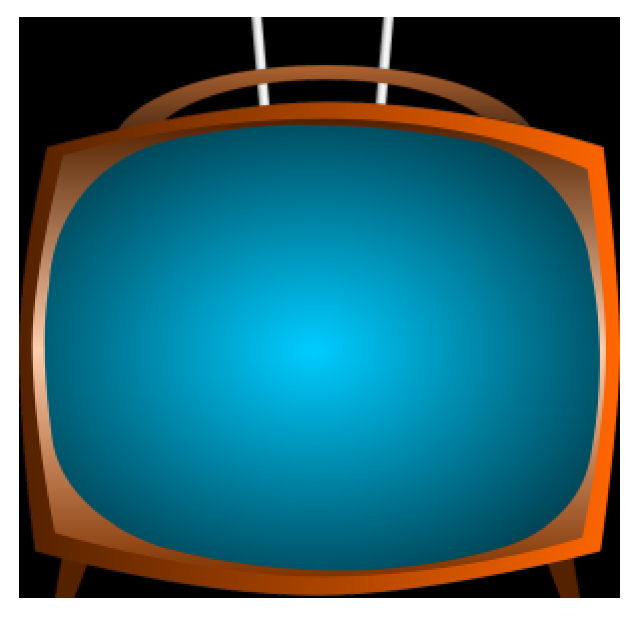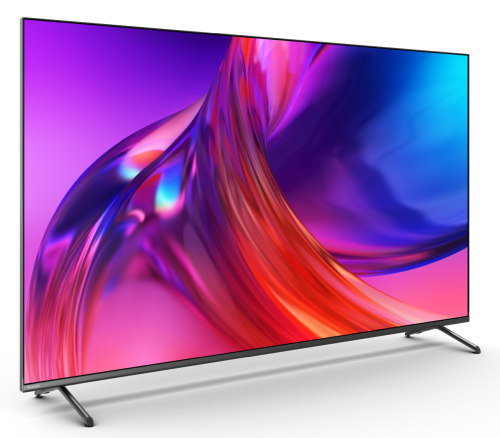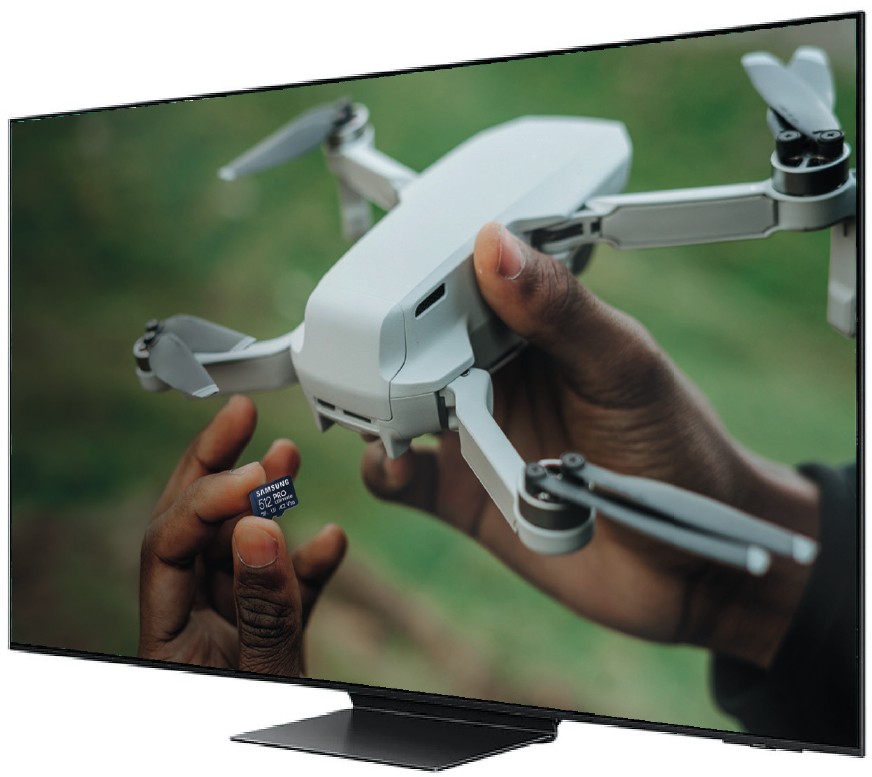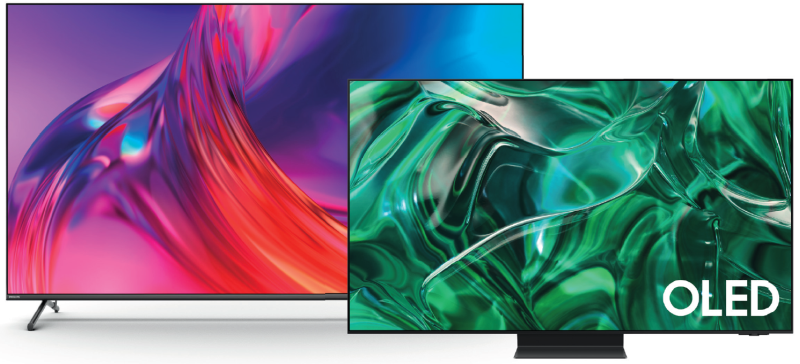
Just like a car or refrigerator, a TV should last for many years, so you want to buy the right TV. With our TV buying guide you know what to look for when purchasing and we also test a number of TVs.
Aad Munsterman and Rob Coenraads
A TV is not a cheap device and there are many differences in, for example, screen technology and functions. This article addresses questions such as: ‘what resolution should your TV have?’, ‘how big should it be’ and ‘does it make sense to buy an 8K TV now?’ First of all, the different TV technologies LED, OLED and QLED are discussed.
LED: AFFORDABLE TV WATCHING
An LED television has several white LED lamps in the housing that illuminate the screen from the back. Each individual pixel takes on the correct color, but the pixels themselves do not function as a light source. Since only the white LED lamps produce colorful images, televisions with this screen technology are relatively cheap.
Many LED televisions have an IPS panel (In-plane switching) that are known for their vivid color reproduction and excellent viewing angles. An LED television also generally lasts a long time.
An important disadvantage of LED televisions is that the so-called LEDbacklight unit is always enabled and this affects the contrast level. For example, inky black image details are not feasible, because the pixels always let some light through. This makes ‘black’ images actually dark gray.
OLED: DEEP BLACK CONTRASTS
Many television manufacturers such as Philips, Sony, Samsung, LG and Panasonic provide their more expensive products with an OLED panel (Organic Light Emitting Diode) which are becoming cheaper and cheaper. Compared to LED televisions, OLED TVs do not work with backlighting: each pixel functions as a separate light source, with the sub-pixels red, green and blue lighting up independently. Advantageously, each pixel can completely switch itself off, making deep black images achievable. There is no backlighting, so the screen of OLED televisions is usually only a few millimeters thick.
In addition to a large contrast range, OLED panels are known for their true-to-life color reproduction and that details remain intact even with rapidly changing images.
OLED TVs have been subject to the risk of burn-in for a long time: if you watch the same channel a lot, there is a real chance that the logo of, for example, NPO 1 or RTL 4 will eventually burn-in. Fortunately, significant steps have been made in this regard and the risk of this is smaller.
QLED: TV TECHNOLOGY FROM SAMSUNG
Samsung develops its own screen technology under the name QLED. The brands Hisense and TLC now also manufacture quite a few QLED televisions. As with LED, background lamps act as a light source. On a QLED television, there is a foil layer with nanocrystals directly behind the LCD screen (quantum dots). This has a favorable effect on the color range, because a QLED television can display both clear and deep black images. The contrast range is not yet as wide as with OLED televisions, but it certainly comes close. Furthermore, there is no risk of burn-in with QLED and it has a long lifespan.
RESOLUTION
The resolution is important for image quality. If you are looking for a television of 55 inches or larger for the living room, a 4K television with 3840 × 2160 pixels is preferable. Streaming services such as Netflix, Disney+ and Amazon Prime Video already make quite a few films and series available. For a TV less than 55 inches, the added value of 4K is limited: only if you sit close, you can see the difference in detail compared to a full HD TV with 1920 × 1080 pixels. A smaller (and cheaper) full HD TV is fine for the bedroom. There are also plenty of 8K TVs with a razor-sharp resolution of 7680 × 4320 pixels, but they are (very) expensive and there is very little video material available in 8K and that will take years.
CONNECTIVITY
Practically every TV has a DVB-T2, DVB-S2 and DVB-C tuner on board, so that it can handle any TV signal. A CI+ input is useful, so that you can use a CI+ module from Ziggo, for example, to place a smart card from this provider directly into the housing and no longer need an external TV receiver.
Always check in advance how many devices you want to connect via HDMI, so that you do not run out of HDMI ports. By the way, an HDMI hub can offer a solution here. By the way, Samsung supplies the One Connect Box along. For example, you can connect a soundbar, game console and/or TV receiver to this box and only a transparent cable runs from this box to the television.
SMART TVS
Almost all new TVs are smart, where your TV has wired or WiFi internet access. Samsung (Tizen) and LG (WebOS) have their own operating systems, Sony and Philips have Android TV/Google TV and all popular apps work smoothly on these platforms. Check with smaller television brands to see which Dutch-language applications/apps are available, as this can sometimes vary considerably.
THE TEST
In this test you will find TVs from the popular brands Samsung and Philips, in the next issue we will discuss a number of models/brands. The TVs discussed have a large size, with the smaller models being much cheaper. The predecessors of these models have also often been significantly reduced in price. So if you are looking for a good model for which you do not want to pay too much, then these ‘older’ models are definitely worth considering.
| TVs | |
– |
 |
|
Philips The One 65PUS8808 |
Samsung S95C (2023) |
